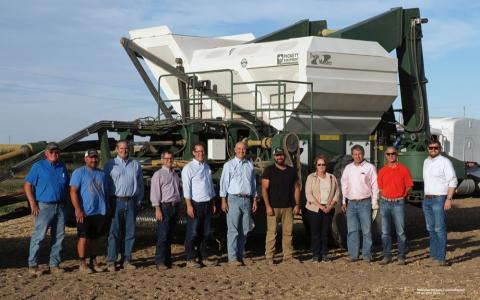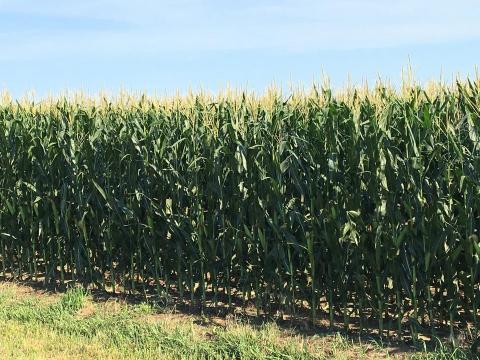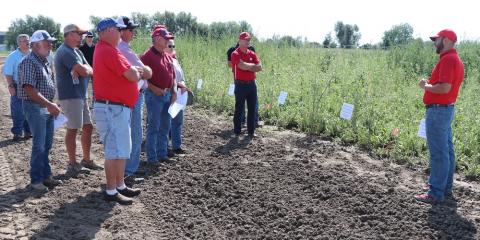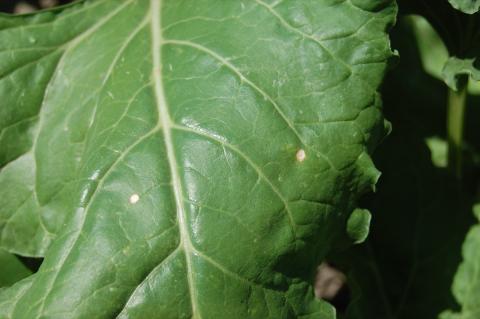USDA Nebraska Crop Production Forecast
September 17, 2020
Based on September 1 conditions, Nebraska's 2020 corn crop is forecast at 1.78 billion bushels, down slightly from last year's production, according to the USDA's National Agricultural Statistics Service. Area harvested for grain, at 9.45 million acres, is down 4% from a year ago. Average yield is forecast at 188 bushels per acre, up 6 bushels from last year.
Nebraska Dry Bean Commission Hosts Field Tour for U.S. Agriculture Trade
September 10, 2020
The Nebraska Dry Bean Commission hosted a field tour for Ambassador Gregg Doud, Chief Agricultural Negotiator in the Office of the United States Trade Representative on Sept. 2nd and 3rd in the Nebraska Panhandle.
Early Forecasts Indicate Record Nebraska Corn Harvest
August 13, 2020
Based on August 1 conditions, Nebraska's 2020 corn production is forecast at a record 1.80 billion bushels, up 1% from last year's production. Soybean production in Nebraska is forecast at 307 million bushels, up 8% from last year.
Panhandle Center to Host Field Day Aug. 20
July 22, 2020
The University of Nebraska Panhandle Research and Extension Center will partner with the Nebraska Dry Bean Growers Association on August 20 to host the annual Panhandle Agricultural Research and Technology Tour (PARTT). The in-person event will be conducted with social distancing and other precautions to prevent the spread of COVID-19.
Cercospora Leaf Spot Detected in the Panhandle
July 22, 2020
On July 13, symptoms characteristic of Cercospora leaf spot (CLS) were found on lower leaves of sugarbeets from research plots at the Panhandle Research and Extension Center at Scottsbluff.
NASS: 77% Corn, 56% Soybean Emerged, Winter Wheat 70% Good to Excellent
May 28, 2020
As of Sunday, May 24th, corn and soybean planting and emergence continues to be well ahead of the five year average, according to the USDA's National Agricultural Statistics Service. In addition, 70% of winter wheat is rated is rated good to excellent.
New USDA Harvest Projections Down from 2018
November 8, 2019
Based on November 1 conditions, Nebraska's 2019 corn crop is forecast at 1.77 billion bushels, down 1% from 2018. Soybean production is forecast at 282 million bushels, down 13%.
Early Chill May Impact Sugarbeet Quality
November 7, 2019
Low temperatures in western Nebraska may have caused some sugarbeets to start decaying, making them unacceptable for sugar production for human consumption but an economical source of feed for cattle.



